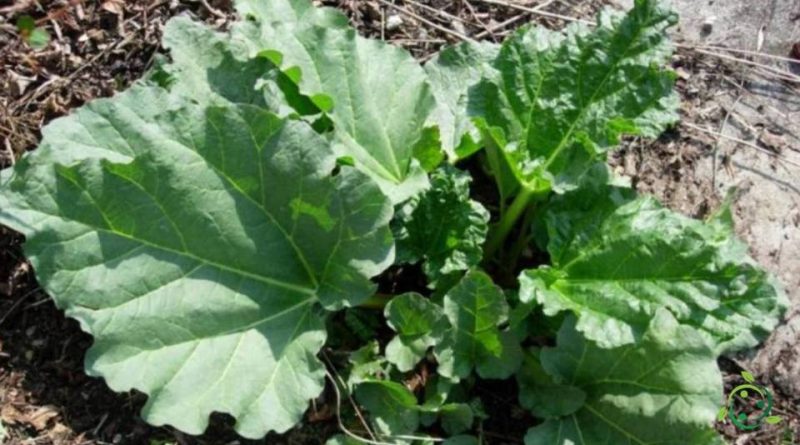How False rhubarb propagates
How False rhubarb propagates
The False rhubarb (Rheum rhaponticum L.) is a herbaceous plant that, in the wild, in the Rila mountain range in southwestern Bulgaria.
In Italy this plant is often grown in family gardens or even as an ornamental plant; in France and England it is grown as an intensive crop.
As for cultivation, as specified in the specific sheet, it is a plant that has low thermal requirements and adapts well to cold and humid climates. It resists winter frosts thanks to the rhizome that it shoots back in spring.
Rheum rhaponticum is however not very suitable for hot and dry southern climates, where it blooms early and stops growth. The ideal soils are medium-textured, deep and fresh, with a pH between 5 and 7, not subject to water stagnation.
Propagation –
Within the False rhubarb we find three types of cultivars, based on the color of the leaf stalks and pulp: green stalk and pulp, red stalk and green pulp, red stalk and pulp. The varieties belonging to the first group are not very cultivated as they are characterized by a high acidity, while the others are more common because they have a more bitter and less acidic taste.
The multiplication of this plant can take place both by seed and by division of tufts. Sowing, normally, must be carried out directly in the field, in the period of early spring, even if the germination times are quite long, otherwise it is recommended in the seedbed in autumn.
In the propagation by division of the tufts, which is the most practiced technique, it is necessary to take small portions of rhizome, provided with at least one bud, which are then planted directly in the ground, or in the nursery in order to obtain seedlings ready to be transplanted in autumn or early spring.
Before planting, a deep tillage is recommended, with distribution mainly of manure.
Use and collection –
The fleshy and succulent leaf stalks of the rhubarb rapontico are used; these have a pleasantly sour taste, excellent for preparing jams; the leaf limbs are unusable due to the high content of oxalic acid. The bitter-tasting root is used in liquor and herbal medicine. Dried and reduced to powder, it is used for medicinal purposes (tonic and purgative).
From a herbal point of view, Rheum rhaponticum has a lower activity than Rheum palmatum which is often imported for herbal use.
As for the harvest, this begins in the second year, with the removal by hand of the leaf petioles deprived of the flap. Usually one third of the leaves present are left on the plants. The rhizomes can be harvested in the 3-4th year, they are cleaned of the earth, cut into slices and left to dry (60-70 quintals per hectare of dry rhizomes at the end of the crop).

